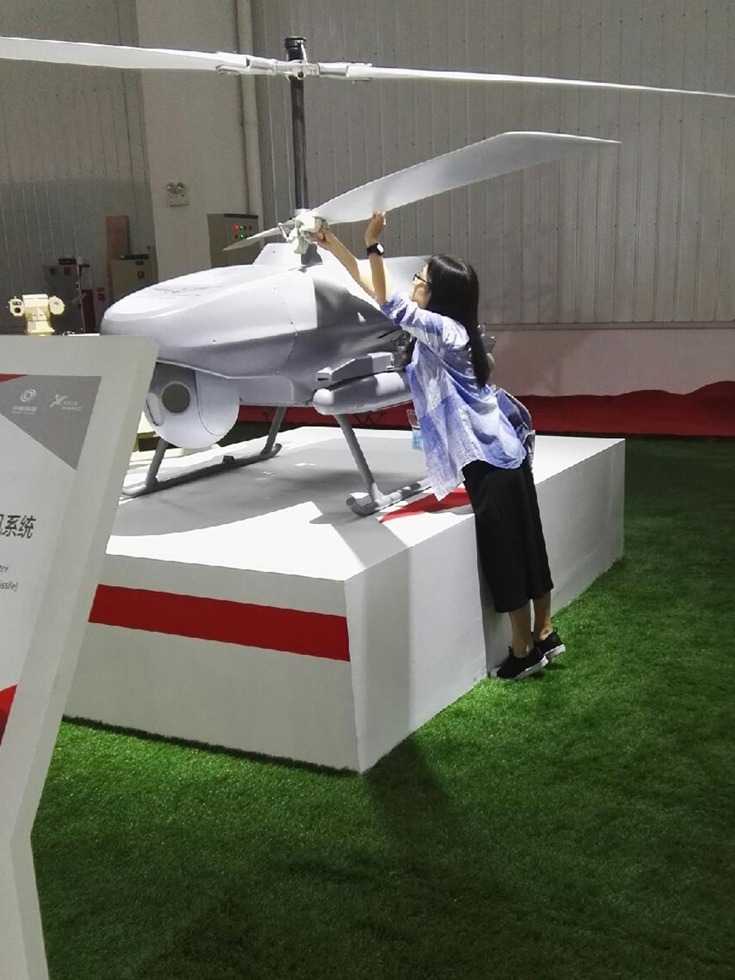While it is of course possible that some UFOs seen buzzing restricted military areas are aliens craft, a more likely possibility, at least in the last ten years, is that they are drones.
Russia, China, Iran, and other countries have historically spied on the US. There are also domestic threats (e.g. anti-globalist militias) who might want to keep an eye on the military for a variety of reasons.
So I thought it might be useful to open a discussion about what drones are available. What are the limits in terms of range, speed, and maneuverability? What do those drones look like? What's possible now that we know of, and what might be possible with a larger military budget? What does it take to eliminate the possibility of a drone?
Let's say you wanted to spy on the US military, how would you do it with a drone?
At the very simplest the drone needs to be deployed, travel to the target, try to avoid detection, acquire information, and return that information to the operator. Let's break those down:
Deployment
Russia, China, Iran, and other countries have historically spied on the US. There are also domestic threats (e.g. anti-globalist militias) who might want to keep an eye on the military for a variety of reasons.
So I thought it might be useful to open a discussion about what drones are available. What are the limits in terms of range, speed, and maneuverability? What do those drones look like? What's possible now that we know of, and what might be possible with a larger military budget? What does it take to eliminate the possibility of a drone?
Let's say you wanted to spy on the US military, how would you do it with a drone?
At the very simplest the drone needs to be deployed, travel to the target, try to avoid detection, acquire information, and return that information to the operator. Let's break those down:
Deployment
- Static land-based site - simply from somewhere within traveling distance of the target
- Moving land-based - e.g. from the bed of a pickup truck - or more exotically, the top of a train
- Moving air-based - launched or dropped from a plane or balloon. Could be very high altitude.
- Boat - anything from a fishing boat to a cargo ship.
- Submarine - the most obvious for spying on something like a battle fleet out to sea. Two variants:
- Surface launch - launched from the conning tower, or even the deck. Problems with detectability
- Underwater launch - the drone is carried to the surface in some buoyant container, and then takes off.
- Quadcopter (or similar) flight
- Fixed-wing flight
- Hybrid flight (larger fixed-wing drops small quads for the last mile)
- Staying low - on approach, to avoid both visual and radar. Staying inches about the ground or water would be ideal
- Moving fast - both avoids detection and some countermeasures.
- Being small - The smaller something is, the harder it is to see or detect.
- Disguise - like as a bird, or even an insect. Boats are not going to shoot down every seagull that comes close. At least not yet.
- Video and Audio - most drones of any worth have a 4K camera. Probably not audio though, with the prop noise.
- GPS - for following mobile units or ships. Could even land on the ship for a while
- Radio and other sensors? Could even hack into the ship's WiFi.
- Flying back - this doubles the travel time and halves the range. However, it allows the greatest amount of data to be returned with multiple 4K video files
- Wireless transmission - this ensures the information gets back, even if the drone is destroyed or malfunctions. It also avoids the risk of the drone being followed back to the retrieval point, which greatly improves the security of the operation.

